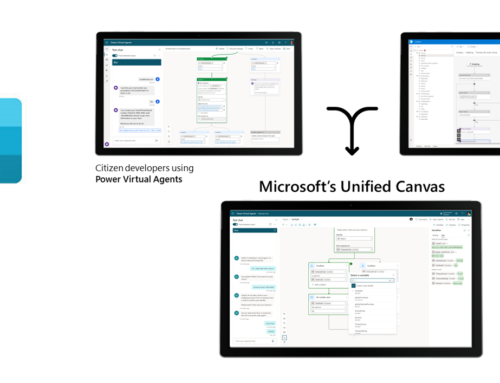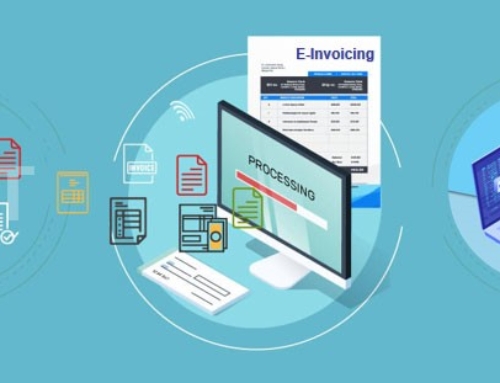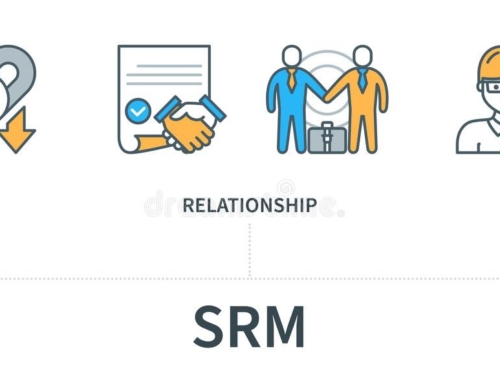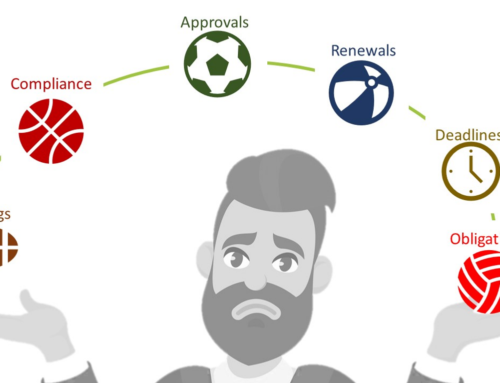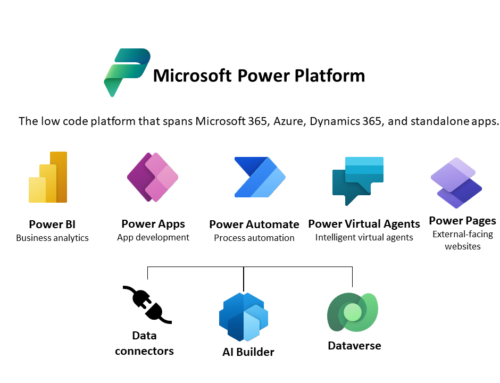Imperatives
By weaving generative AI into your applications and systems strategy, you can unlock a wide range of benefits, including:
- Improved productivity: Generative AI can automate repetitive and time-consuming tasks, freeing up your team to focus on higher-value activities.
- Enhanced customer experiences: With generative AI, you can create personalized content for your customers, such as customized product recommendations or tailored marketing messages.
- Competitive advantage: By leveraging the power of generative AI, you can create innovative products and services that differentiate your organization from competitors and capture new market opportunities.
- Cost savings: Generative AI can help you reduce costs by automating manual processes, improving efficiency, and reducing errors.
- Better decision-making: By analyzing large amounts of data, generative AI can help you make more informed and accurate business decisions.
Opportunities and Use Cases
There are many opportunities for using generative AI in your applications and systems strategy. Here are some examples:
- Image and Video Generation: Generative AI can create realistic images and videos from textual descriptions, allowing you to generate new products, designs, and marketing materials.
- Natural Language Processing: Generative AI can be used to create chatbots, virtual assistants, and voice-enabled applications that can interact with users in natural language.
- Personalized Recommendations: Generative AI can create personalized product and content recommendations for users based on their preferences and past behavior.
- Content Creation: Generative AI can create original content, such as news articles, product descriptions, and marketing copy, based on patterns and examples in the data.
Planning and Executing Generative AI Strategy
When planning and executing your generative AI strategy, follow these steps:
- Identify Use Cases: Start by identifying specific use cases where generative AI can add value to your applications and systems strategy.
- Determine Data Requirements: Determine what data you need to train your generative AI models, and whether you have access to that data.
- Select the Right Platform: Choose a generative AI platform that meets your specific needs and requirements.
- Develop and Train Models: Develop and train your generative AI models using the selected platform and data.
- Integrate with Existing Systems: Integrate your generative AI models with your existing applications and systems, ensuring they work seamlessly with your current infrastructure.
- Monitor and Improve: Continuously monitor your generative AI models to ensure they are performing as expected, and make adjustments as necessary.
Selecting the Right Platform
When selecting a generative AI platform, consider the following factors:
- Ease of Use: Look for a platform that is user-friendly and doesn’t require extensive technical expertise.
- Customization: Choose a platform that allows you to customize your models to meet your specific needs.
- Data Management: Consider the platform’s capabilities for managing and processing large amounts of data.
- Integration: Look for a platform that integrates seamlessly with your existing systems and applications.
- Support and Documentation: Choose a platform that offers comprehensive support and documentation to help you get started quickly.
How to Select the Right Solution Partner
When selecting a solution partner for your generative AI strategy, consider the following factors:
- Experience and Expertise: Look for a solution partner who has extensive experience and expertise in generative AI technologies, including the ability to develop and implement custom solutions to meet your unique needs.
- Industry Knowledge: A partner with experience in your specific industry will be better equipped to understand your business requirements and provide tailored solutions.
- Collaborative Approach: A partner who takes a collaborative approach and works closely with your team can help ensure a successful implementation and transfer knowledge and expertise to your organization.
- Data Management: Your partner should have expertise in managing and processing large datasets required for generative AI models, and be able to assist in data preparation and cleansing.
- Integration Capabilities: Your partner should be able to integrate generative AI solutions with your existing systems and applications, ensuring that data flows seamlessly and securely between systems.
- Customization: Look for a partner who can customize their solutions to meet your unique needs and goals, rather than offering a one-size-fits-all approach.
- Scalability and Future-Proofing: Your partner should be able to scale your generative AI solutions as your business needs evolve and incorporate new technologies and advancements in the field.
- Cost-Effective Solutions: Your partner should offer solutions that are cost-effective and provide value for money, while ensuring high-quality performance and accuracy.
By selecting the right solution partner, you can ensure a successful implementation of generative AI technologies that provide a competitive advantage and meet your business goals.
Pitfalls to Avoid
Here are some pitfalls to avoid when weaving generative AI into your applications and systems strategy:
- Insufficient Data: If your generative AI models are not trained on enough data, they may not perform well or generate accurate results.
- Lack of Expertise: If your team doesn’t have the necessary expertise in generative AI, you may struggle to develop and implement effective solutions.
- Integration Challenges: If your generative AI models are not integrated properly with your existing systems and applications, you may encounter technical difficulties or performance issues.
- Ethical Concerns: Generative AI can create realistic but fake content, which raises ethical concerns around the potential misuse of the technology.
Summary
Weaving generative AI into your applications and systems strategy can provide numerous benefits, including enhanced customer experiences, increased efficiency, competitive advantage, and improved decision-making. To plan and execute your generative AI strategy effectively, you should identify specific use cases, determine data requirements, select the right platform, develop and train your models, integrate with existing systems, and continuously monitor and improve. When selecting a platform and solution partner, consider factors such as ease of use, customization, data management, integration, experience, industry expertise, and collaborative approach. Finally, be aware of potential pitfalls, such as insufficient data, lack of expertise, integration challenges, and ethical concerns, and take steps to mitigate them.



